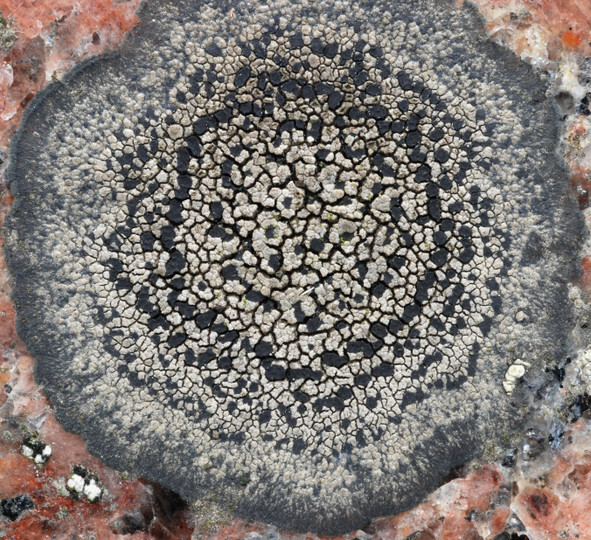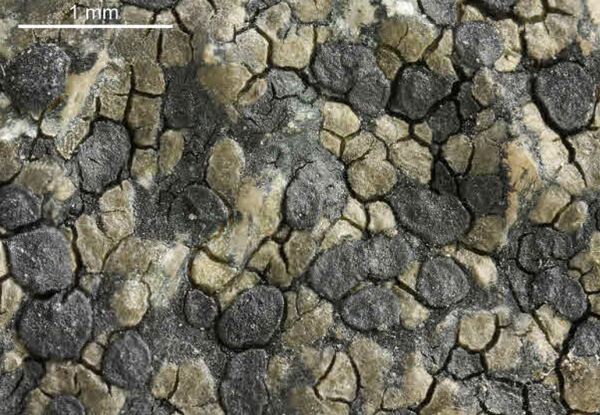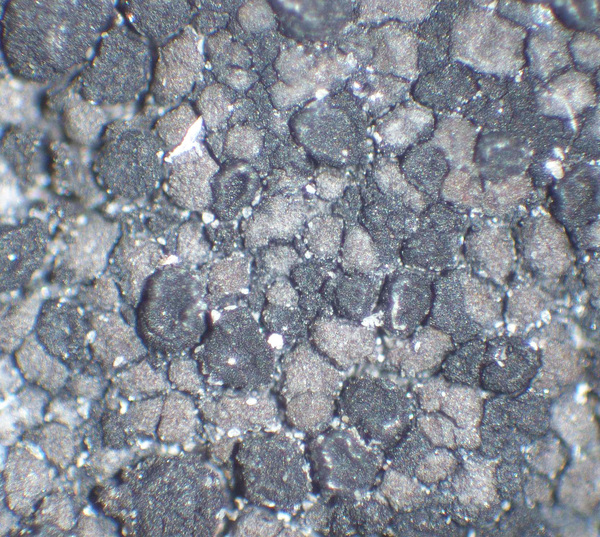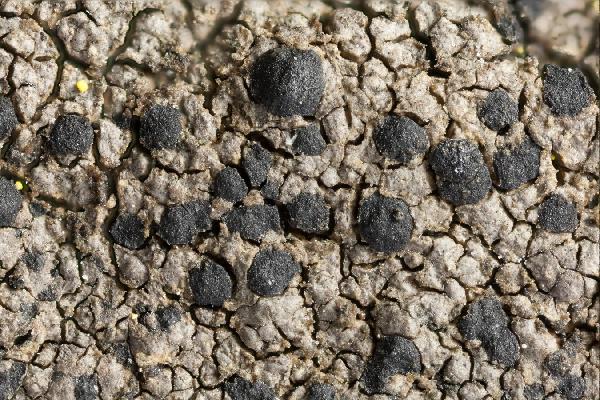Rhizocarpon distinctum Th. Fr.
Lichenogr. Scand., 2: 625, 1874.
Synonyms: Lecidea distincta (Th. Fr.) Stizenb.; Lecidea illota Sandst.; Lecidea porphyrostrota Vain.; Rhizocarpon ambiguum (Schaer.) Zahlbr.; Rhizocarpon atroalbum Arnold; Rhizocarpon danicum Galløe; Rhizocarpon illotum (Sandst.) Lettau; Rhizocarpon porphyrostrotum (Vain.) Vain.
Distribution: N - Frl (TSB 2857), TAA (Nascimbene & al. 2022), Piem (Matteucci & al. 2013, Favero-Longo & al. 2015), VA (Piervittori & Isocrono 1999, Valcuvia 2000, Piervittori & al. 2001, Matteucci & al. 2008c, 2015c), Lig. C - Tosc, Umb (Genovesi & Ravera 2001, Ravera & al. 2006), Sar (Nöske 2000, Rizzi & al. 2011). S - Camp, Bas (Nimis & Tretiach 1999, Brackel & Puntillo 2023), Cal (Brackel & Puntillo 2023), Si (Brackel 2008c).
Description: Thallus crustose, episubstratic, areolate, grey brown to brown, often delimited by a dark prothallus, forming patches to 2-3(-5) cm in diam. Areoles mainly angular, flat to weakly convex, usually contiguous, 0.2-0.5 mm in diam. Cortex thin, with a thin epinecral layer; medulla white, I+ blue. Apothecia lecideine, black, round to angular, 0.2-0.6(-1) mm across, with a more or less flat, epruinose disc, and a thin, often soon excluded proper margin. Exciple brown-black in outer part, paler within, K+ red; epithecium brown-black, opaque, K+ red; hymenium colourless, 70-130 µm high; paraphysoids capitate, with dark tips; hypothecium violet-brown or olive-black, K- Asci 8-spored, clavate, fissitunicate, with a well-developed tholus, lacking an ocular chamber, Rhizocarpon-type. Ascospores at first 3-septate, then submuriform, with 4-8 cells in optical view, long remaining hyaline (overmature spores sometimes greenish brown), ellipsoid, 16-34 x 8-15 µm, halonate. Pycnidia black, subglobose. Conidia hyaline, filiform, 6-12 µm long. Photobiont chlorococcoid. Spot tests: medulla K+ yellow, C-, KC-, P+ yellow. Chemistry: stictic acid (major), gyrophoric acid (minor or traces).Note: on basic siliceous rocks, often on brick and roofing tiles, with a wide altitudinal range, up to the nival belt in the Alps; sometimes parasitic, when young, on Circinaria caesiocinerea; certainly more widespread in the Alps, rarer along the Apennines.
Growth form: Crustose
Substrata: rocks
Photobiont: green algae other than Trentepohlia
Reproductive strategy: mainly sexual
Most common in areas with a humid-warm climate (e.g. most of Tyrrenian Italy)
paras (occasionally) of crustose lichens when young
Pioneer species
Commonnes-rarity: (info)
Alpine belt: very rare
Subalpine belt: rare
Oromediterranean belt: extremely rare
Montane belt: rather rare
Submediterranean belt: rare
Padanian area: absent
Humid submediterranean belt: rare
Humid mediterranean belt: absent
Dry mediterranean belt: absent

Predictive model
Herbarium samples
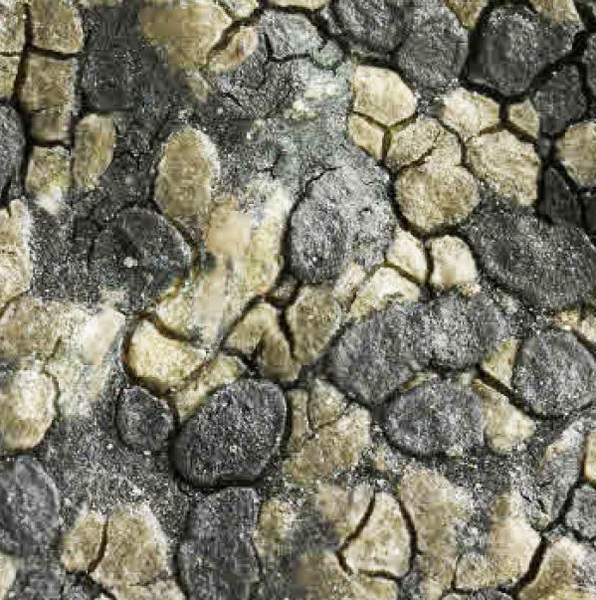

Felix Schumm CC BY-SA 4.0
[16525], Germany, Baden-Württemberg, Schwarzwald-Baar-Kreis, an der Stzraße zwischen St. Georgen und Triberg. 48,13460° N, 8,28587° E, 817 m, an Granitfelsen. Leg. et det. Schumm 07.07.2010
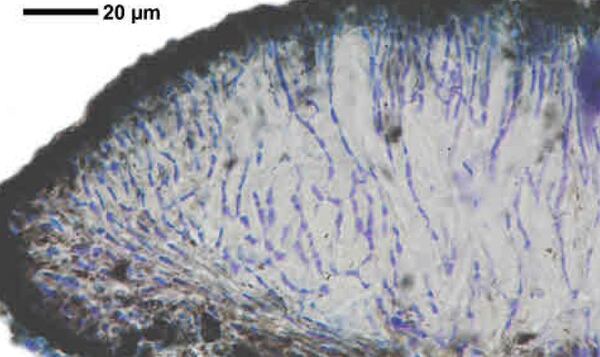

Felix Schumm – CC BY-SA 4.0
[16525], Germany, Baden-Württemberg, Schwarzwald-Baar-Kreis, an der Stzraße zwischen St. Georgen und Triberg. 48,13460° N, 8,28587° E, 817 m, an Granitfelsen. Leg. et det. Schumm 07.07.2010
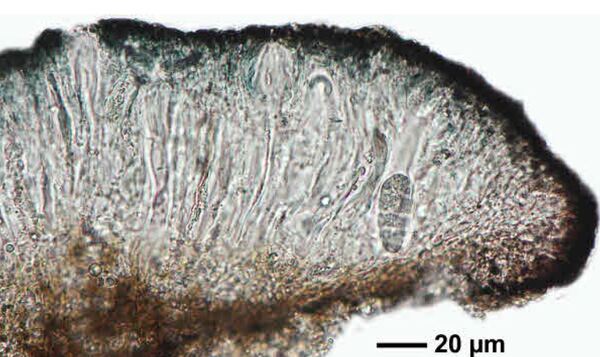

Felix Schumm – CC BY-SA 4.0
[16525], Germany, Baden-Württemberg, Schwarzwald-Baar-Kreis, an der Stzraße zwischen St. Georgen und Triberg. 48,13460° N, 8,28587° E, 817 m, an Granitfelsen. Leg. et det. Schumm 07.07.2010
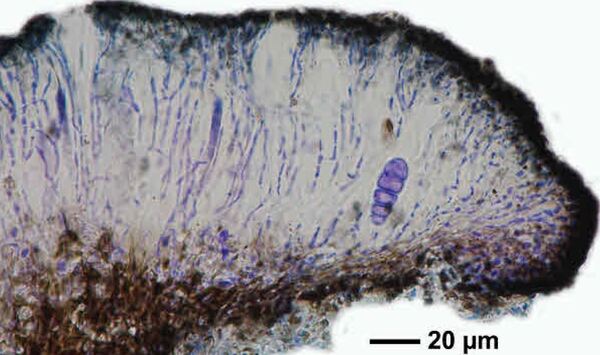

Felix Schumm – CC BY-SA 4.0
[16525], Germany, Baden-Württemberg, Schwarzwald-Baar-Kreis, an der Stzraße zwischen St. Georgen und Triberg. 48,13460° N, 8,28587° E, 817 m, an Granitfelsen. Leg. et det. Schumm 07.07.2010
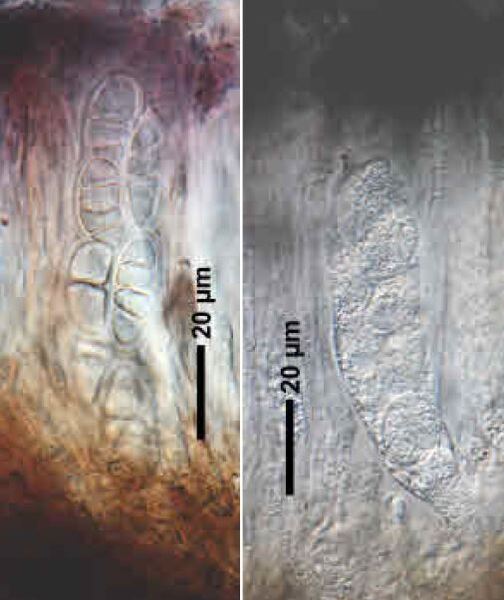

Felix Schumm – CC BY-SA 4.0
[16525], Germany, Baden-Württemberg, Schwarzwald-Baar-Kreis, an der Stzraße zwischen St. Georgen und Triberg. 48,13460° N, 8,28587° E, 817 m, an Granitfelsen. Leg. et det. Schumm 07.07.2010
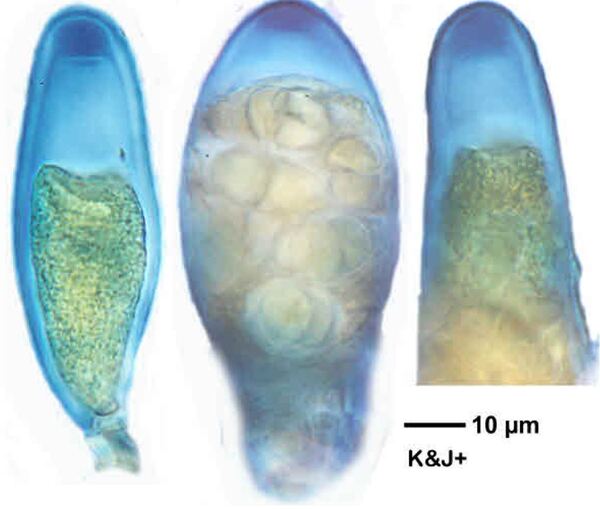

Felix Schumm – CC BY-SA 4.0
[16525], Germany, Baden-Württemberg, Schwarzwald-Baar-Kreis, an der Stzraße zwischen St. Georgen und Triberg. 48,13460° N, 8,28587° E, 817 m, an Granitfelsen. Leg. et det. Schumm 07.07.2010
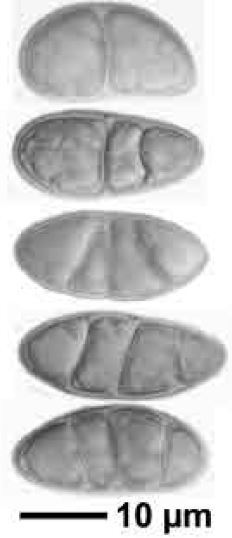

Felix Schumm – CC BY-SA 4.0
[16525], Germany, Baden-Württemberg, Schwarzwald-Baar-Kreis, an der Stzraße zwischen St. Georgen und Triberg. 48,13460° N, 8,28587° E, 817 m, an Granitfelsen. Leg. et det. Schumm 07.07.2010
Growth form: Crustose
Substrata: rocks
Photobiont: green algae other than Trentepohlia
Reproductive strategy: mainly sexual
Most common in areas with a humid-warm climate (e.g. most of Tyrrenian Italy)
paras (occasionally) of crustose lichens when young
Pioneer species
Commonnes-rarity: (info)
Alpine belt: very rare
Subalpine belt: rare
Oromediterranean belt: extremely rare
Montane belt: rather rare
Submediterranean belt: rare
Padanian area: absent
Humid submediterranean belt: rare
Humid mediterranean belt: absent
Dry mediterranean belt: absent

Predictive model
| Herbarium samples |


Felix Schumm CC BY-SA 4.0
[16525], Germany, Baden-Württemberg, Schwarzwald-Baar-Kreis, an der Stzraße zwischen St. Georgen und Triberg. 48,13460° N, 8,28587° E, 817 m, an Granitfelsen. Leg. et det. Schumm 07.07.2010


Felix Schumm – CC BY-SA 4.0
[16525], Germany, Baden-Württemberg, Schwarzwald-Baar-Kreis, an der Stzraße zwischen St. Georgen und Triberg. 48,13460° N, 8,28587° E, 817 m, an Granitfelsen. Leg. et det. Schumm 07.07.2010


Felix Schumm – CC BY-SA 4.0
[16525], Germany, Baden-Württemberg, Schwarzwald-Baar-Kreis, an der Stzraße zwischen St. Georgen und Triberg. 48,13460° N, 8,28587° E, 817 m, an Granitfelsen. Leg. et det. Schumm 07.07.2010


Felix Schumm – CC BY-SA 4.0
[16525], Germany, Baden-Württemberg, Schwarzwald-Baar-Kreis, an der Stzraße zwischen St. Georgen und Triberg. 48,13460° N, 8,28587° E, 817 m, an Granitfelsen. Leg. et det. Schumm 07.07.2010


Felix Schumm – CC BY-SA 4.0
[16525], Germany, Baden-Württemberg, Schwarzwald-Baar-Kreis, an der Stzraße zwischen St. Georgen und Triberg. 48,13460° N, 8,28587° E, 817 m, an Granitfelsen. Leg. et det. Schumm 07.07.2010


Felix Schumm – CC BY-SA 4.0
[16525], Germany, Baden-Württemberg, Schwarzwald-Baar-Kreis, an der Stzraße zwischen St. Georgen und Triberg. 48,13460° N, 8,28587° E, 817 m, an Granitfelsen. Leg. et det. Schumm 07.07.2010


 Index Fungorum
Index Fungorum
 GBIF
GBIF
